Heart Rhythm Disorder Trigger Identifier
Impact Analysis
Common Triggers & Their Effects
Stress
High - Can cause sudden tachycardia or atrial premature beats.
Caffeine
Medium - Increases ectopic beats in sensitive individuals.
Alcohol
High - Can lead to AFib or flutter within 24 hours of binge drinking.
Electrolyte Imbalance
High - Prolonged QT or ventricular ectopy due to low potassium/magnesium.
Sleep Apnea
Medium - Nocturnal pauses and daytime AFib episodes.
Medication
Medium - Decongestants and some asthma inhalers may provoke arrhythmias.
Intense Exercise
Medium - Can stress the heart if not properly conditioned.
Smoking
High - Nicotine increases heart rate and creates inflammation.
When your heart skips a beat or races for no clear reason, it’s often a sign that something is nudging your rhythm off‑track. Understanding what sets off a heart rhythm disorder can save you from minutes of panic and years of complications.
What Counts as a Heart Rhythm Disorder?
Heart Rhythm Disorder is a broad term for any condition where the heart’s electrical system causes beats that are too fast, too slow, or irregular. Common forms include atrial fibrillation and ventricular tachycardia. These aren't just abstract diagnoses-each episode can feel like a flutter, a pounding, or even a brief blackout.
Most Frequent Triggers
Not every palpitations mean a chronic problem, but recurring triggers often turn occasional flutter into a full‑blown arrhythmia. Below are the culprits that show up in clinical studies and patient reports.
- Stress - sudden spikes in adrenaline can make the atria fire erratically.
- Caffeine - 100mg (roughly one cup of coffee) can increase heart rate by 3‑5bpm in sensitive individuals.
- Alcohol - binge drinking raises norepinephrine, a known arrhythmogenic factor.
- Electrolyte imbalance, especially low potassium or magnesium, disturbs the electrical flow.
- Sleep apnea - intermittent oxygen drops stress the heart.
- Medications such as decongestants, antihistamines, or certain asthma inhalers.
- Intense exercise without proper conditioning.
- Smoking - nicotine spikes heart rate and creates vascular inflammation.
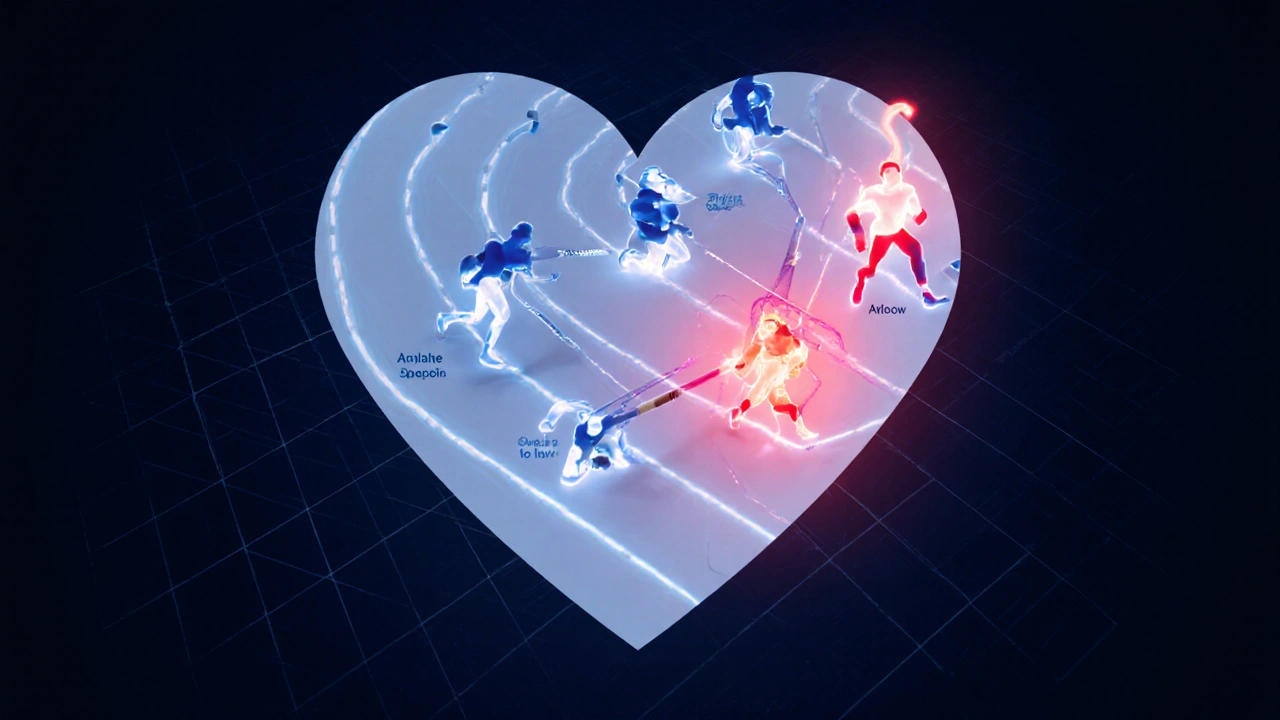
How Triggers Disrupt the Electrical System
Think of the heart’s conduction pathway as a well‑timed relay race. When a trigger enters the scene, it either speeds up the baton (causing tachycardia) or trips the runner (causing pauses).
- Autonomic overload: Stress releases cortisol and adrenaline, which shorten the refractory period of cardiac cells, allowing premature beats.
- Ion channel interference: Low potassium reduces the cell’s ability to reset after each beat, making it more likely to fire out of sync.
- Mechanical strain: High‑intensity workouts stretch the atrial walls, creating tiny micro‑fibers that act as extra pathways for electricity.
These mechanisms explain why a single lifestyle change can tip the balance from occasional flutter to persistent atrial fibrillation.
Practical Ways to Dodge the Common Triggers
Below is a step‑by‑step playbook that works for most adults diagnosed with any form of arrhythmia.
- Stress Management
- Adopt a 5‑minute breathing routine when you feel tense - inhale 4seconds, hold 2, exhale 6.
- Schedule weekly physical activity that’s moderate (e.g., brisk walking, yoga). Consistency beats intensity for rhythm stability.
- Mind Your Caffeine
- Limit intake to one 8‑oz cup of coffee per day. If you’re sensitive, switch to decaf after lunch.
- Watch Alcohol
- Stick to no more than two standard drinks per week. A “standard” is 12oz of beer, 5oz of wine, or 1.5oz of spirits.
- Balance Electrolytes
- Include potassium‑rich foods such as bananas, sweet potatoes, and spinach in every meal.
- Consider a magnesium supplement (200mg) if you experience muscle cramps.
- Address Sleep Apnea
- Get a sleep study if you snore loudly or feel tired after 7hours of rest.
- CPAP therapy can reduce nighttime arrhythmia episodes by up to 45% (clinical data, 2023).
- Review Medications
- Ask your pharmacist if any over‑the‑counter meds you use contain pseudoephedrine.
- Exercise Wisely
- Warm‑up for at least 10minutes; avoid sudden sprints.
- Monitor heart rate with a wearable; keep it under 85% of your age‑predicted max.
- Quit Smoking
- Use nicotine‑replacement patches or gum to ease withdrawal while protecting your heart.
Quick Comparison of Trigger Impact
| Trigger | Typical Effect on Rhythm | Suggested Mitigation |
|---|---|---|
| Stress | Sudden tachycardia or atrial premature beats | Mindfulness, regular aerobic activity |
| Caffeine | Increased ectopic beats in sensitive people | Limit to ≤1 cup daily, switch to decaf |
| Alcohol | AFib or flutter within 24h of binge | Restrict to ≤2 drinks/week |
| Electrolyte imbalance | Prolonged QT, ventricular ectopy | Potassium‑rich diet, magnesium supplement |
| Sleep apnea | Nocturnal pauses, daytime AFib | CPAP, weight management |
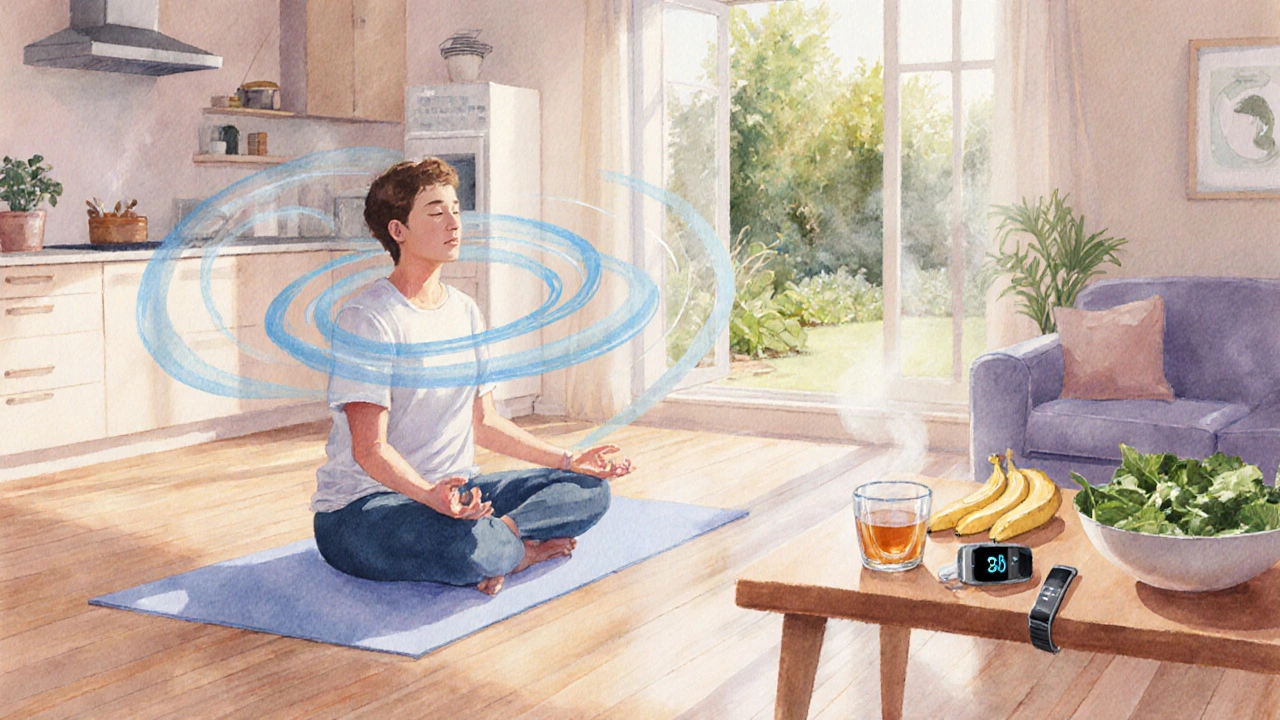
When to Call a Doctor
If you notice any of the following, seek professional help promptly:
- Palpitations lasting more than 30seconds.
- Sudden dizziness, fainting, or chest pain.
- Rapid heart rate (>120bpm) at rest.
- Frequent episodes despite lifestyle changes.
Emergency services are warranted for persistent chest pain or loss of consciousness.
Checklist: Daily Rhythm‑Friendly Routine
- Morning: 5‑minute deep‑breathing, 30‑minute walk.
- Meals: Include a potassium source, stay hydrated.
- Mid‑day: Limit caffeine; opt for green tea (max 1 cup).
- Evening: Avoid alcohol after 6pm, practice a short yoga flow.
- Night: Aim for 7‑8hours, consider a sleep‑apnea screen if snoring.
Frequently Asked Questions
Can occasional caffeine cause a serious arrhythmia?
For most people, moderate caffeine is harmless, but in those with a low threshold, even a single strong cup can trigger premature atrial beats that may evolve into atrial fibrillation if other risk factors exist.
Is it safe to exercise if I have an existing heart rhythm disorder?
Yes, as long as you stick to moderate intensity, warm‑up properly, and monitor your heart rate. High‑intensity interval training can be risky without a cardiology clearance.
Do over‑the‑counter cold medicines trigger arrhythmias?
Many decongestants contain pseudoephedrine, which raises blood pressure and heart rate, potentially provoking arrhythmias. Look for “phenylephrine‑free” alternatives or use saline sprays.
How does smoking specifically affect heart rhythm?
Nicotine stimulates the sympathetic nervous system, leading to faster heart rates and increased ectopic activity. Long‑term smoking also promotes coronary artery disease, a major substrate for ventricular arrhythmias.
Can treating sleep apnea reduce arrhythmia episodes?
Clinical trials from 2022‑2023 show that continuous positive airway pressure (CPAP) therapy can cut nocturnal atrial fibrillation events by up to 45%, likely by stabilizing oxygen levels and reducing sympathetic surges.

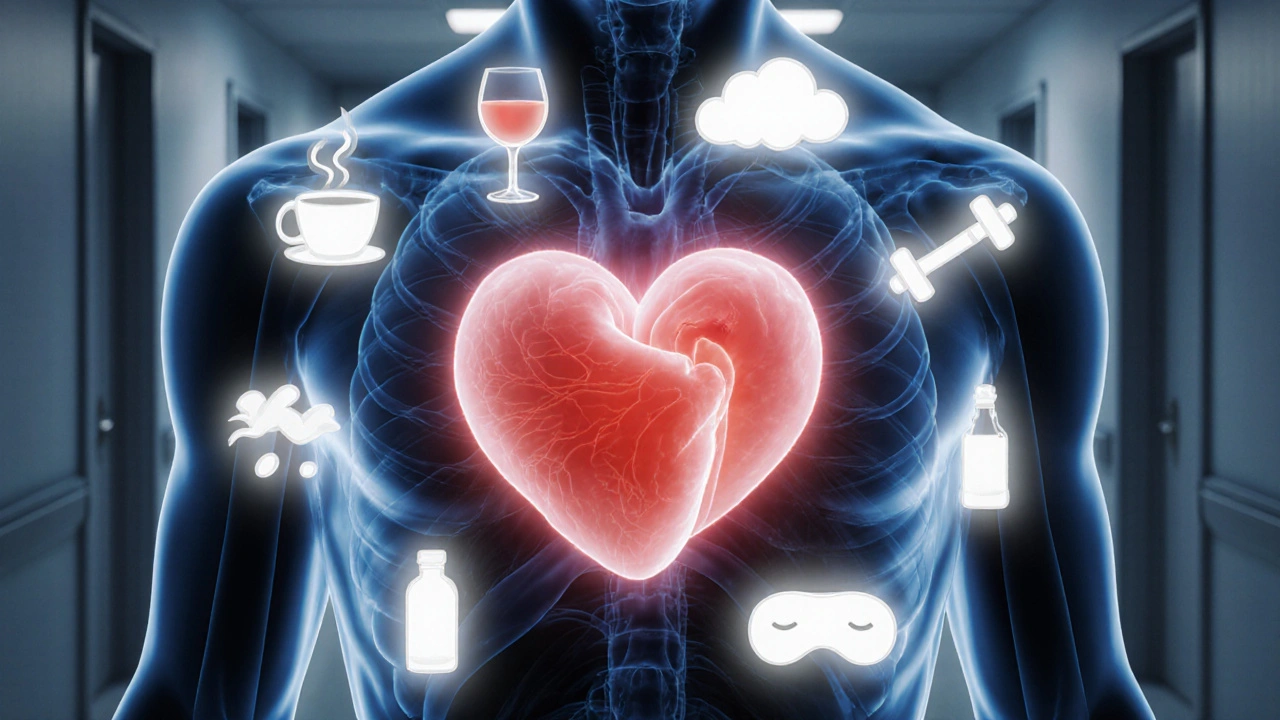


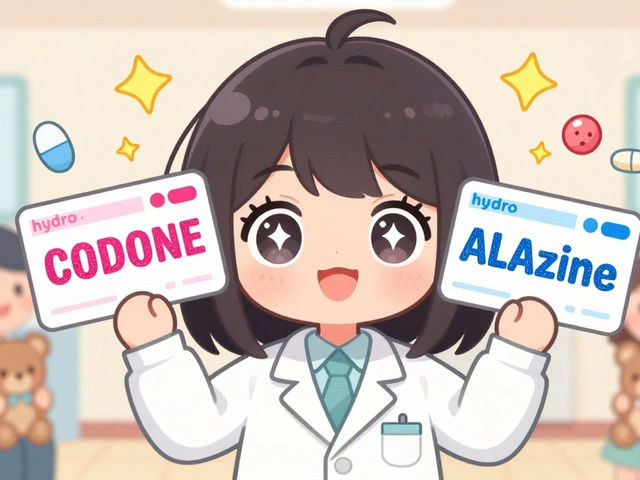

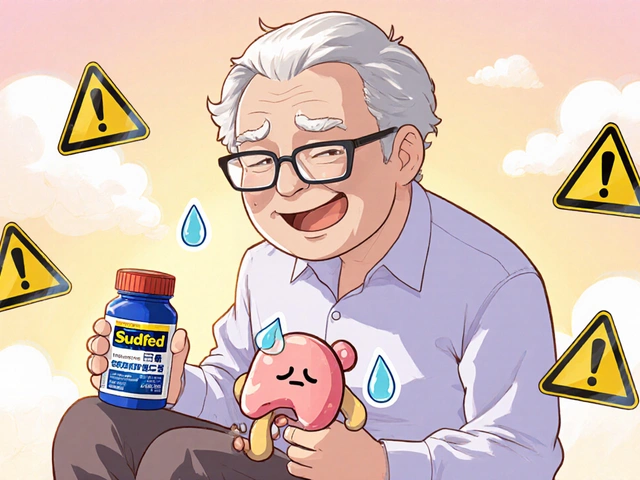
Dustin Richards
October 6, 2025When dealing with arrhythmias, having a clear list of triggers is essential.
It’s evident that stress and caffeine top the list, and many folks don’t realize how even a single drink can shift their rhythm.
If you notice palpitations after a busy day, try a brief breathing exercise – inhale four seconds, hold two, exhale six.
Keeping a log of what you ate, drank, and felt can help pinpoint personal triggers.
Remember, small lifestyle tweaks often make the biggest difference in maintaining a steady heartbeat.